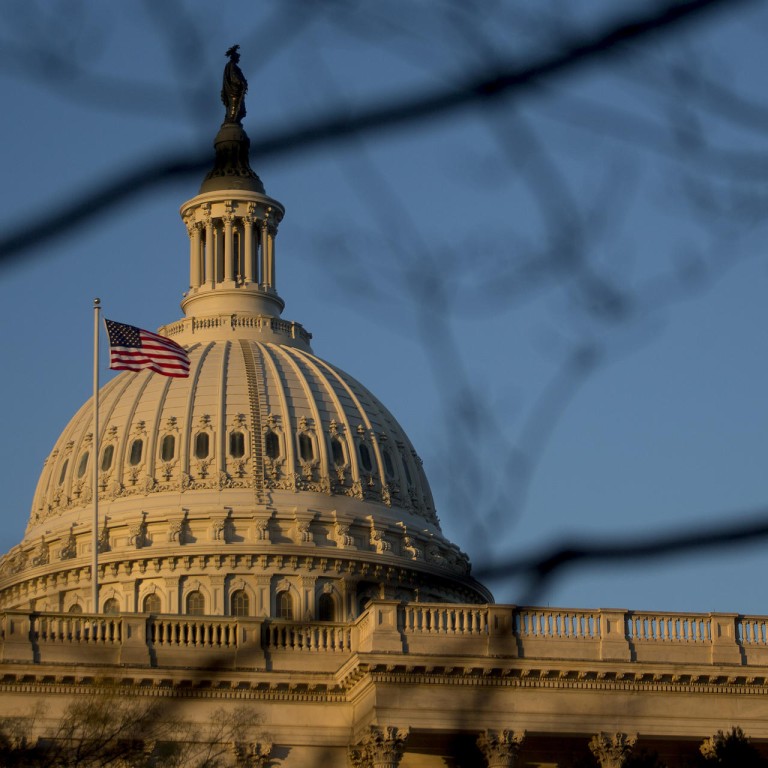
The spectre of stagnation
The world keeps waiting for growth to return to pre-crisis levels, but unconventional policy may be needed to kick-start demand again
Some time ago, speaking at the International Monetary Foundation, I joined others who have invoked the old idea of secular stagnation and raised the possibility that the American and global economies could not rely on normal market mechanisms to assure full employment and strong growth without sustained unconventional policy support.
My concern rested on a number of considerations.
First, even though financial repair had largely taken place four years ago, recovery since that time has only kept up with population growth and normal productivity growth in the United States, and has been worse elsewhere in the industrial world.
Second, manifestly unsustainable bubbles and loosening of credit during the middle of the last decade, along with very easy money, drove only moderate economic growth.
Third, short-term interest rates are severely constrained by a zero lower bound and there is very little scope for further reductions in either term premiums or credit spreads, and so real interest rates may not be able to fall far enough to spur enough investment to lead to full employment.
Fourth, in such a situation falling wages and prices or inflation at slower-than-expected rates is likely to worsen economic performance by encouraging consumers and investors to delay spending, and to redistribute income and wealth from higher spending debtors to lower spending creditors.
The implication of these considerations is that the presumption that runs through most policy discussion - that normal economic and policy conditions will return at some point - cannot be maintained.
The point is demonstrated by the Japanese experience, where gross domestic product today is less than two-thirds of what most observers predicted a generation ago, even as interest rates have been at zero for many years.
It bears emphasis that Japanese GDP disappointed less in the five years after the bubbles burst at the end of the 1980s than the US has since 2008. GDP today in the US is more than 10 per cent below what was predicted before the financial crisis.
If secular stagnation concerns are relevant to our current situation, there are obviously profound policy implications. Before turning to policy, though, there are two central issues regarding the secular stagnation thesis that have to be addressed.
There are certainly grounds for optimism, including the recent flow of statistics, strong stock markets, and the end at last of sharp fiscal contraction.
Fears of secular stagnation were widespread at the end of the second world war and proved utterly false, and today secular stagnation should be viewed as a contingency to be insured against, not a certain fate.
Yet it should be recalled that escape velocity has been around the corner in consensus forecasts for several years now and we have seen, as Japan did in the 1990s, several false dawns.
More fundamentally, even if the economy accelerates next year, this provides no assurance that it is capable of sustained growth along with normal real interest rates.
Europe and Japan are forecast to have growth at levels well below the US. Throughout the industrial world, inflation is below target levels and shows no signs of accelerating, suggesting a chronic demand shortfall.
Why should not the economy return to normal after the effects of the financial crisis are worked off? Is there a basis for believing that equilibrium real interest rates have declined?
There are many a priori reasons why the level of spending at any given level of safe short-term interest rates is likely to have declined. These include:
- reduced investment demand, due to slower labour force growth and perhaps slower productivity growth;
- reduced consumption demand, due to a sharp increase in the share of income held by the very wealthy and the rising share of income accruing to capital;
- on a global basis, increased savings and increased risk aversion, as governments accumulate trillions in liquid reserves;
- the continuing effects of the financial crisis, including higher risk aversion and continuing debt overhangs;
- continuing declines in the cost of durable goods, especially those associated with information technology, meaning that the same level of saving purchases more capital every year.
- the observation that any given real interest rate translates into a higher after-tax real interest rate than it did when inflation rates were higher. Logic is supported by evidence. For many years, indexed bond yields have trended downwards. Indeed, US real rates are substantially negative at a five-year horizon.
Some have suggested that a belief in secular stagnation implies the desirability of bubbles to support demand. This idea confuses prediction with recommendation.
It is of course far better to support demand by supporting productive investment or highly valued consumption than by artificially inflating bubbles. But it is only rational to recognise that low interest rates raise asset values and drive investors to take greater risks, making bubbles more likely.
The risk of financial instability provides yet another reason why pre-empting structural stagnation is so profoundly important.
Reuters


